

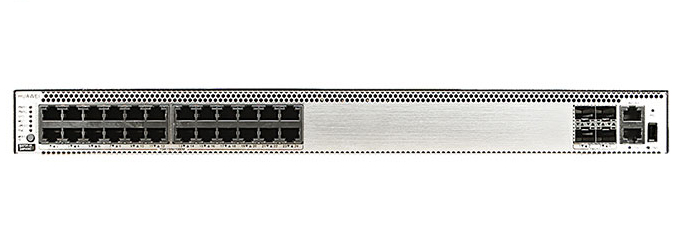
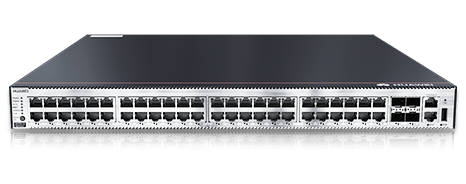
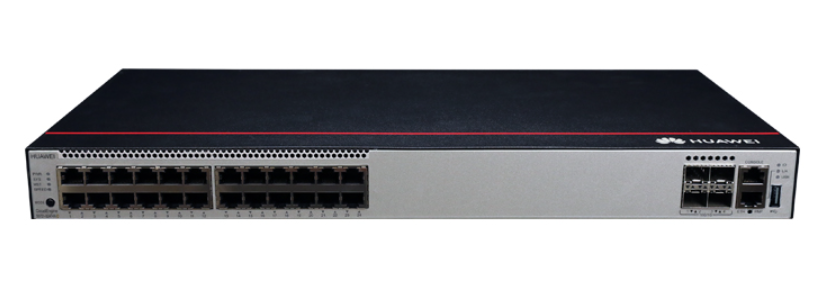



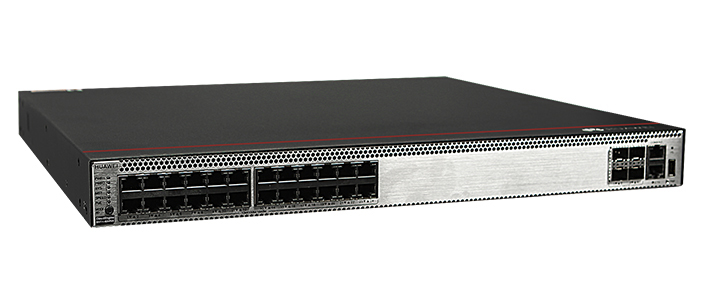



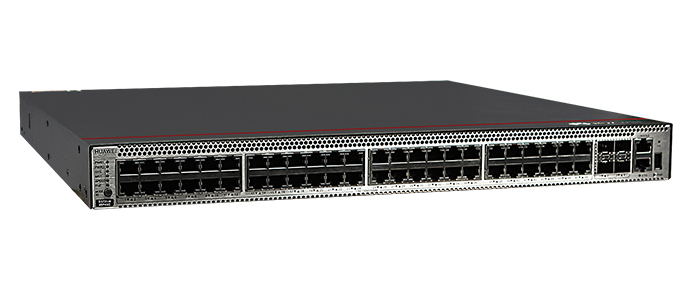




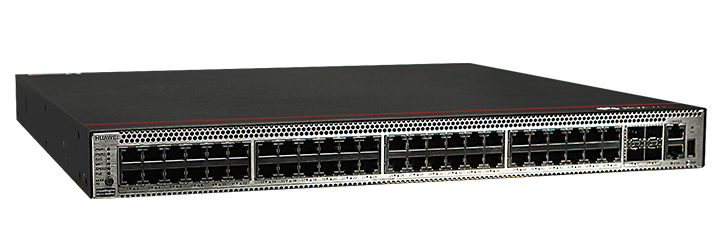





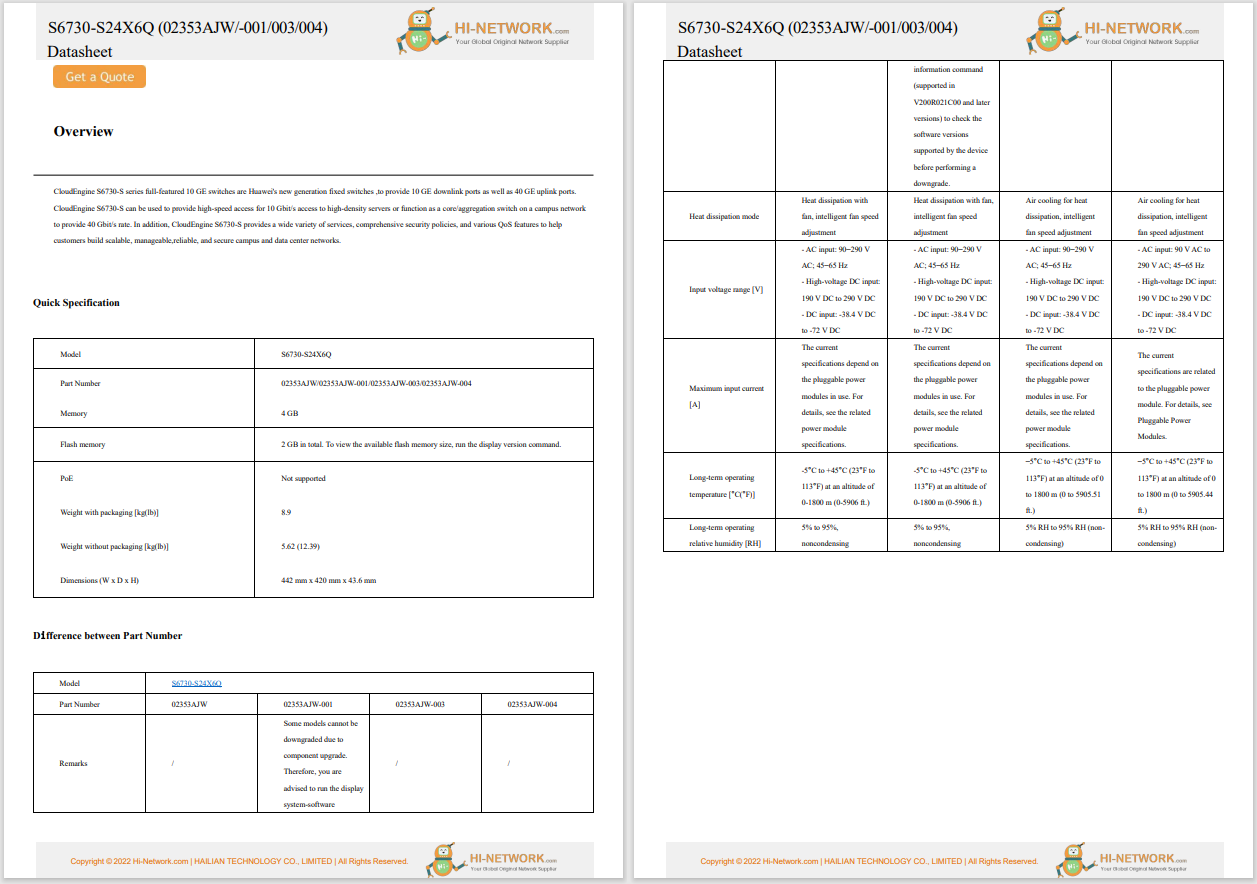

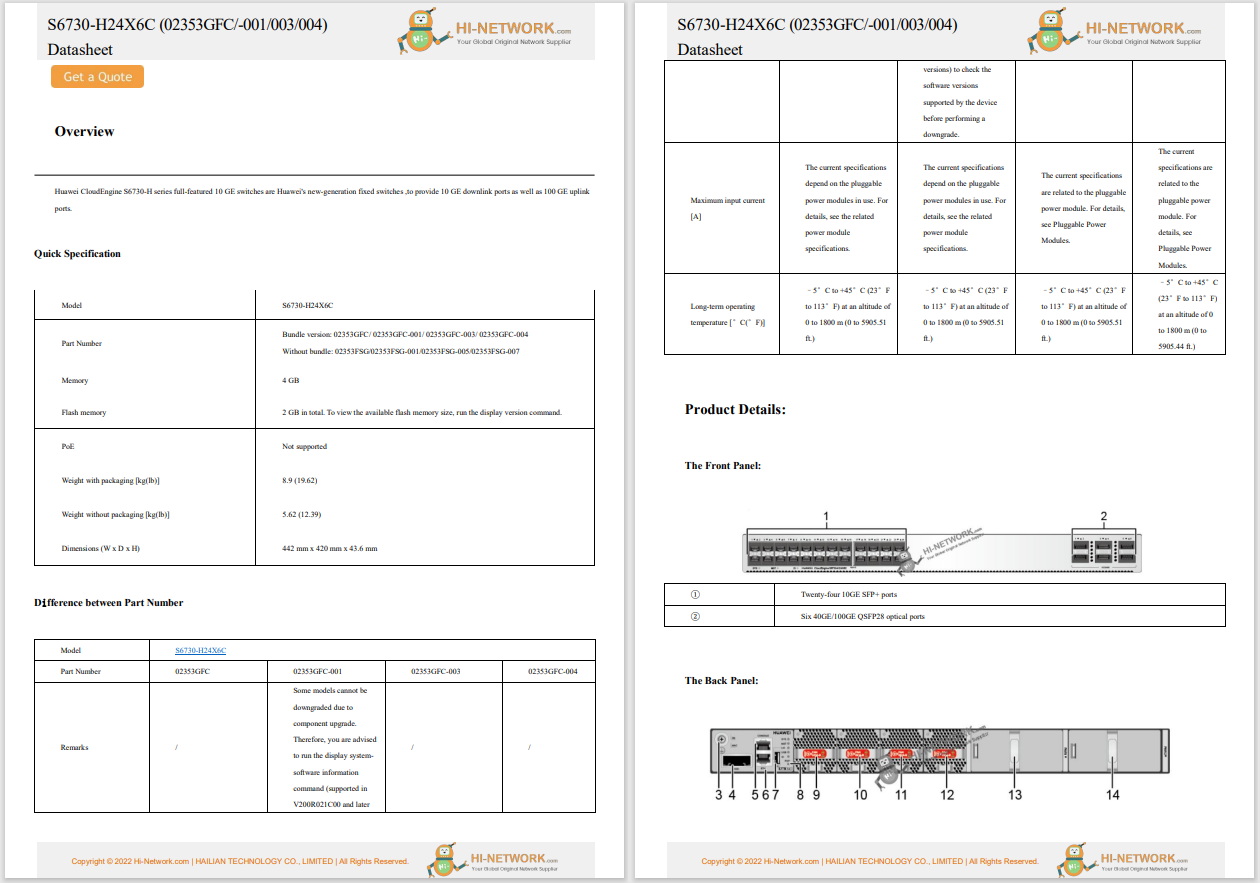

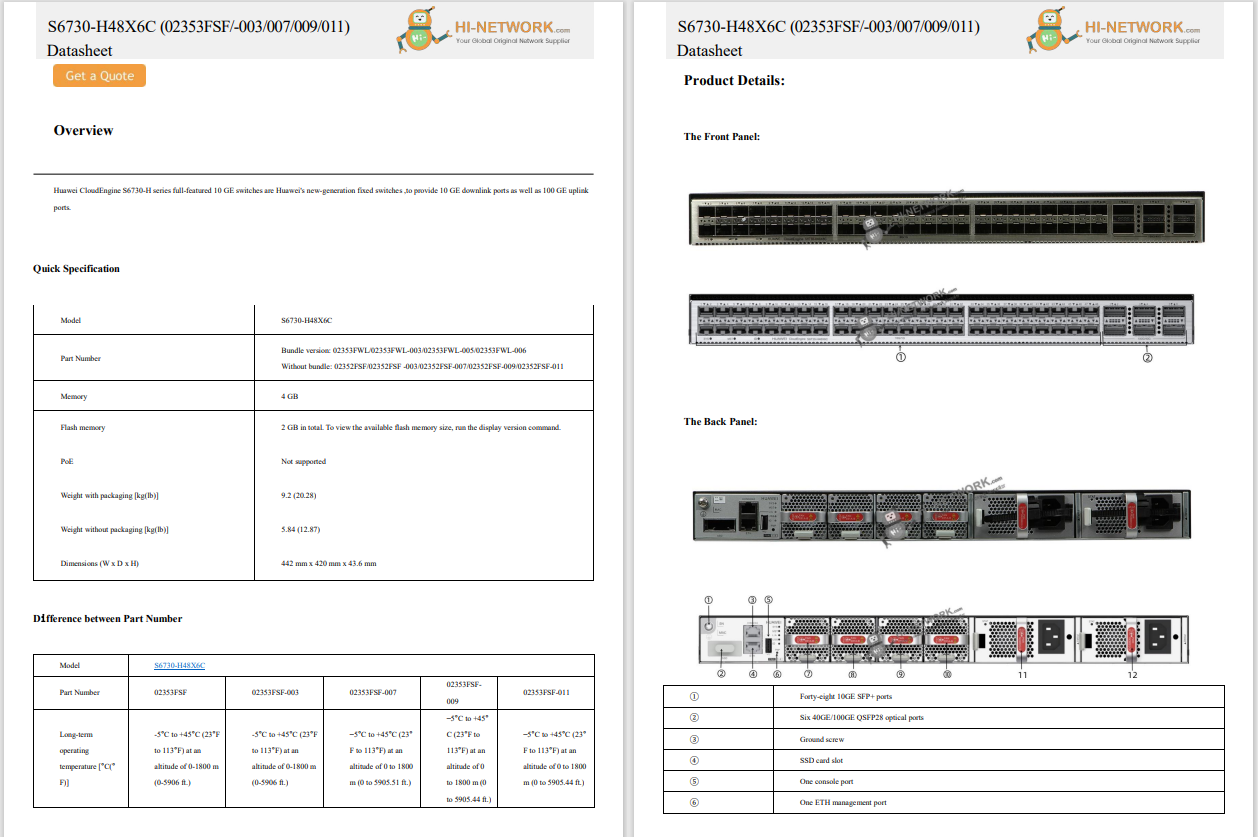




The sound can stop working on your MacBook at any time for a variety of reasons.Because it has so many possible causes,it's hard to pin down exactly when your MacBook can lose audio, but this article will step you through the possible reasons and fixes.
The following solutions can get your MacBook's sound working again, and they go from easiest to most complicated. Try them each in order to see if the audio comes back.
Make sure the sound isn't muted. Press the volume adjustment buttons on your keyboard, includingMute, orcheck the volume slider at the top of the screen.
Unplug any peripherals. Headphones, speakers, and other devices can stop audio from coming out of your MacBook's speakers. Disconnect them to see if the sound comes back.
Headphones Not Working? 22 Ways to Fix Them Turn off Bluetooth. Along with hard-wired devices, you may also have speakers or headphones connected wirelessly. Click theBluetoothicon at the top of your screen, and then toggle the switch tooff.
This method is more straightforward than checking for connected devices and then disconnecting them, and it's just as effective if this is the issue.
Check the sound preferences. Audio might not work if the sound output is configured incorrectly.
OpenSystem Settings, and then go toSound>Output. ChooseMacBook Speakers, MacBook Air Speakers, or MacBook Pro Speakers, depending on what kind of laptop you own.
At the bottom of this window, make sure theMutecheckbox isnotchecked.
Restart your MacBook. The problem may be that your MacBook didn't initialize the sound drivers correctly when it booted up. A restart can give it another chance to start everything properly.
See if macOS needs an update. The sound not working on your MacBook may be a bug in the current version of macOS.
Reset the NVRAM. Depending on what kind of MacBook you have, it may use non-volatile RAM (NVRAM) to store specific settings. Like any other memory, it benefits from an occasional reset.
What you'll reset depends on your processor: If you have an Intel Mac, reset the NVRAM by shutting down the computer and restarting it while holdingCommand+Option+P+R.
If you have a MacBook with an M1 chip or later, it still uses NVRAM, but you can't reset it using this method. A normal restart should take care of it automatically.
Contact Apple. If your MacBook's sound still isn't working, it may need servicing. You can take it to an Apple Store or an authorized repair place, either of which should be able to diagnose and fix the problem.
The reasons you can't hear sound coming out of your MacBook's speakers are many, but they may include the following:
The built-in screen recorders for macOS, including the one for QuickTime, won't capture the sound coming from your computer; you'll need to use a third-party app, plug-in, or capture card. You can, however, record audio over the top of a screen recording through a mic; this feature makes it easier to record narration over your video without having to sync it up later.
You have many options to make audio recordings on a MacBook, including the Voice Memos, QuickTime, and GarageBand apps. You can also use a third-party option like Audacity.
 Hot Tags :
Hot Tags :